Imperfect vs Preterite Tense - Which To Use & When
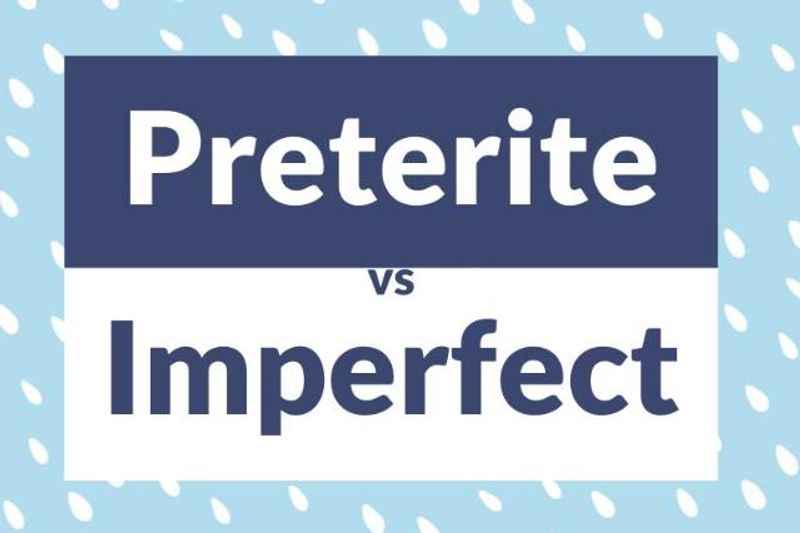
One of the most challenging aspects of Spanish grammar is distinguishing between the preterite and imperfect tenses.
These two past tenses play a crucial role in conveying the timing and nature of past actions.
In this comprehensive guide, we'll provide detailed explanations, conjugation rules, and plenty of examples to help you navigate the complexities of the imperfect vs preterite tenses.
Whether you're discussing a regularly occurring event in the past or in a specific moment last week, understanding when to use these tenses is crucial.
Let's delve into the fascinating world of past tenses in Spanish and unlock a new level of language proficiency.
Preterite vs Imperfect: The Basics
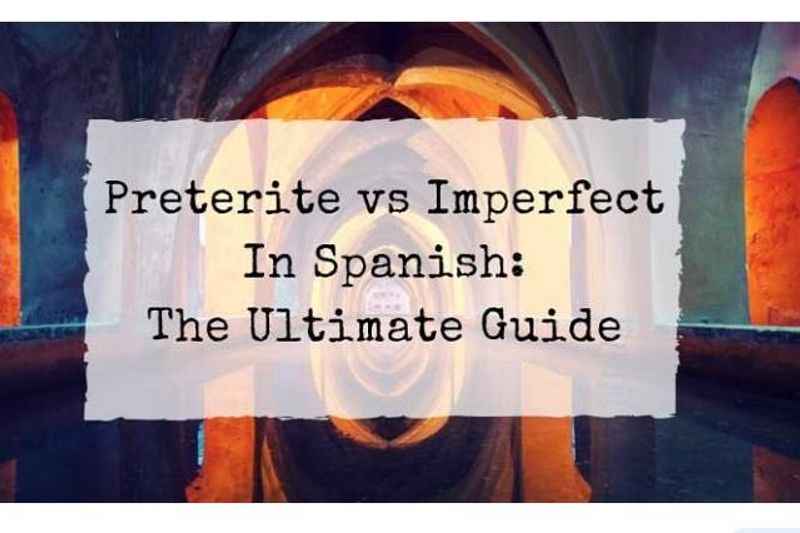
Are you struggling to differentiate between the preterite and imperfect tenses in Spanish?
These two past tenses are essential for expressing actions in the past, and understanding when to use each one can be challenging.
The imperfect tense describes ongoing actions or states in the past, like por un rato ("for a while") or en ese moment ("at that moment").
The preterite tense is used for completed actions with a specific timeframe, such as ayer por la tarde ("yesterday afternoon") or la semana pasada ("last week").
What is the Imperfect Tense?
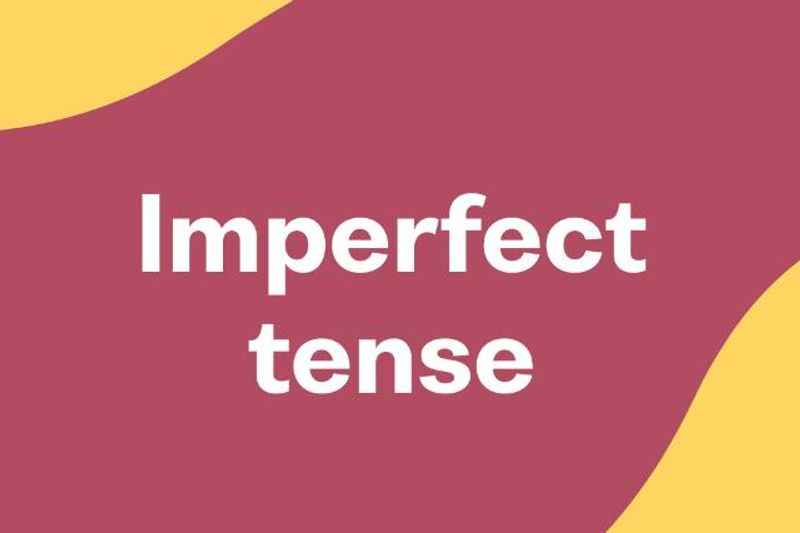
If you want to refer to an interrupted action or an event that occurred repeatedly in the past, then you will use the imperfect tense.
Imperfect Endings For ‘-ar’ Verbs
Let's look at imperfect verb endings for a regular -ar verb, bailar.
- Yo bailaba
- Tú bailabas
- Él/Ella/Usted bailaba
- Nosotros bailábamos
- Vosotros bailabais
- Ellos/Ellas/Ustedes bailaban
If you are unsure how to use this tense, remember that yo bailaba means both "I used to dance" and "I was dancing."
Here are some example sentences:
Cuando era niña, bailaba en el jardin - When I was a girl, I used to dance in the garden
Bailaba con mi esposo cuando sonó el teléfono - I was dancing with my husband when the phone rang
The Imperfect ‘-er’ and ‘-ir’ Endings in Spanish
Regular verbs ending in -ar always use the endings we have seen above with bailar. Meanwhile, regular -er and -ir verbs use the following endings.
Beber
- Yo bebía
- Tú bebías
- Él/Ella/Usted bebía
- Nosotros bebíamos
- Vosotros bebíais
- Ellos/Ellas/Ustedes bebían
Vivir
-
Yo vivía
-
Tú vivías
-
Él/Ella/Usted vivía
-
Nosotros vivíamos
-
Vosotros vivíais
-
Ellos/Ellas/Ustedes vivían
Example sentences include:
Bebíamos café todas las mañanas en la oficina - We used to drink coffee every morning in the office
Tú vivías cerca del parque cuando eras niño - You used to live near the park when you were a child
Irregular Verbs in the Imperfect Tense
As with most languages, there are a couple of verbs (including reflexive verbs) that fall outside the general rules for tenses, which is frustrating for beginners.
As far as the imperfect tense goes, for now, as a beginner, you only need to remember that ser, ver, and ir are irregular. Their endings need to be memorized.
What is the Preterite Tense?
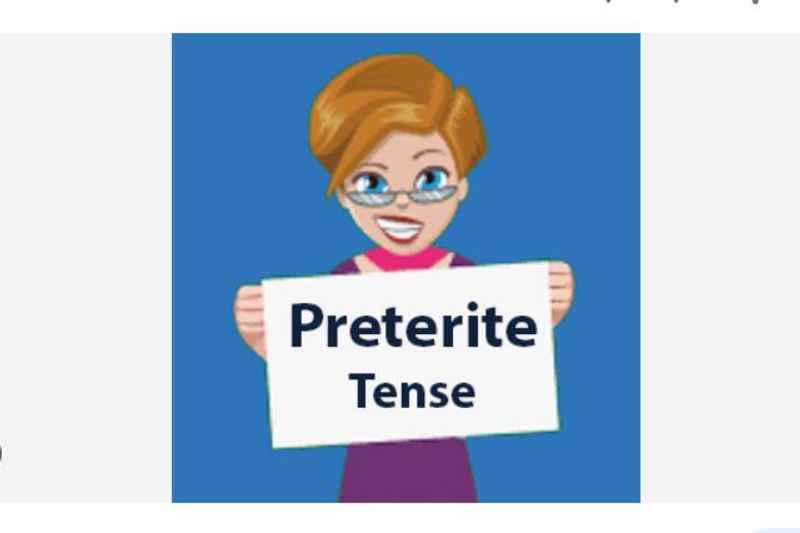
When it comes to the Preterite tense, we’re talking about actions (expressed as verbs) that have already been performed, but which have a clear start and a clear endpoint.
For instance, "last week, I went for a walk in the park for 30 minutes."
This sentence offers a clear timeframe for the event - going for a walk in the park - as you declare when the event took place, last week, and how long for, 30 minutes.
In Spanish, this looks like: La semana pasada, salí a caminar por el parque durante 30 minutos.
Preterite Endings For ‘-ar’ Verbs
In order to conjugate a regular verb into the preterite tense, it’s quite simple - just like with the imperfect tense, you simply drop the ‘-ar’ ending and replace it with the appropriate Preterite Suffix.
Let’s use hablar, which means "to talk"...
- Yo hablé
- Tú hablaste
- Él/Ella/Usted habló
- Nosotros/Nosotras hablamos
- Vosotros/Vosotras hablasteis
- Ellos/Ellas/Ustedes hablaron
An example sentence would be:
Ella habló con el profesor sobre su proyecto - She spoke with the professor about her project
Preterite Endings For ‘-er’ and ‘-ir’ Verbs
As above, again using the examples beber ("to drink") and vivir ("to live"), you simply swap out the regular infinitive ending for the appropriate preterite one:
Beber
- Yo bebí
- Tú bebiste
- Él/Ella/Usted bebió
- Nosotros/Nosotras bebimos
- Vosotros/Vosotras bebisteis
- Ellos/Ellas/Ustedes bebieron
Vivir
- Yo viví
- Tú viviste
- Él/Ella/Usted vivió
- Nosotros/Nosotras vivimos
- Vosotros/Vosotras vivisteis
- Ellos/Ellas/Ustedes vivieron
Irregular Verbs In The Preterite Tense
Despite the fact that Spanish is an easy language to learn quickly, it does have its hurdles.
One of these challenges lies in the irregular conjugation of verbs in the preterite tense. These irregular verbs, often the most commonly used, deviate from the regular conjugation patterns.
Let's take a look at some examples:
- estar (to be)
- tener (to have)
- haber (to have, auxiliary verb)
- hacer (to do/make)
- ir (to go)
- dar (to give)
- ser (to be)
- poner (to put)
- querer (to want)
- andar (to walk)
- venir (to come)
- saber (to know)
- poder (to be able to)
To use these verbs in the preterite tense, it's necessary to memorize their specific conjugation forms.
Mastering irregular verbs is an essential step in becoming fluent in Spanish. With practice and dedication, you can navigate the intricacies of the preterite tense and communicate effectively in the Spanish language.
Here are two examples showcasing irregular verbs in the preterite tense:
- Ayer, estuve en la fiesta hasta altas horas de la noche - Yesterday, I was at the party until late at night
- Juan puso el libro sobre la mesa y lo dejó ahí - Juan put the book on the table and left it there
In these sentences, we can see the irregular conjugations of the verbs estar ("to be") and poner ("to put") in the preterite tense.
The Difference Between the Preterite vs Imperfect
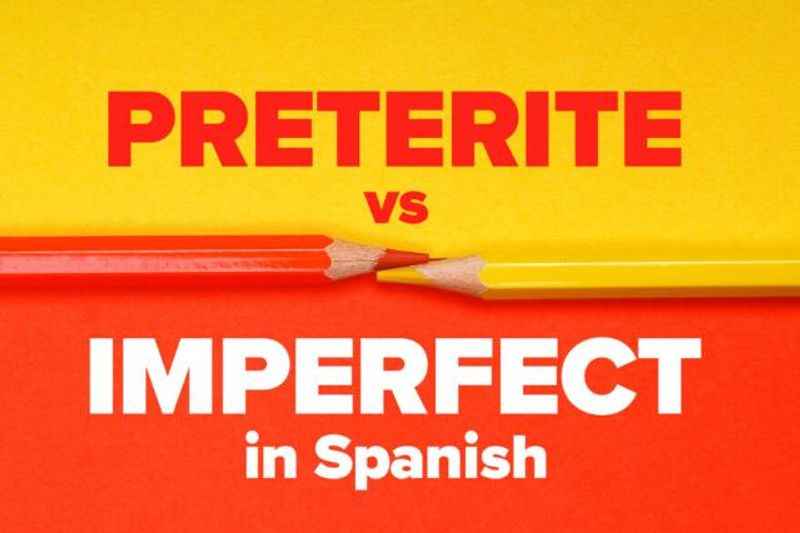
In the simplest possible terms, the preterite tense indicates what you did whilst the imperfect tense determines what you were doing.
This is pretty much the same for all instances, and can be a helpful way to figure out which ending to use.
Toqué la guitarra means "I played the guitar" - for a clear cut distinct time.
So, that’s the preterite tense (from the -ar verb tocar).
Yo tocaba la guitarra means "I used to play the guitar_"_ or "I was playing the guitar_" -_ without saying when or how long.
So, that’s the imperfect tense.
Comí mi cena means "I ate my dinner" - the action has been completed, the time frame is clear.
So, that’s preterite tense.
Comía mi cena means "I was eating my dinner" or "I used to eat my dinner". This would refer to a repeated action in the past or an interrupted action.
Therefore, it’s the imperfect tense
How to Remember the Preterite vs Imperfect Tense in Spanish
There are clues to help you to determine which tense to use. These two simple past tenses follow basic patterns that can help you a lot.
For instance, some words and phrases that might suggest that the imperfect tense is being used would be those referring to vague times, like…
- Todo el tiempo - All the time
- Siempre - __Always
- Varias veces - Several times
- Muchas veces - Many times
- Todos los días - Every day
- Cada día - __Every day
- A menudo - Often
- A veces - Sometimes
Other more specific words and phrases, that can be referred to as preterite trigger words, include the following…
- Anoche - Last night
- Esta tarde - This afternoon
- En ese momento - At that moment
- Otro día - The other day
- Después - Afterwards
- Ayer - Yesterday
- Hace dos días - Two days ago
- Entonces - Then
- Durante dos semanas - For two weeks
- El mes pasado - Last month
Preterite vs Imperfect Tense: Tips and Tricks for Learning Spanish

Let's explore some tips for Spanish learners.
Change Your TV Habits
Consider switching things up a little and watching some Spanish TV or movies.
Put English subtitles on and it will help you associate specific words and phrases with the sound of spoken Español.
Likewise, you could put on your own favorite films and TV shows… but watch them with Spanish subtitles.
Through this method, you will pick up particular verbs and phrases that catch your eye.
Practice With Friends
Whether they’re online acquaintances on Duolingo or real-life friends that you can converse with, the best (and fastest!) way to become fluent in any language is simply to speak it.
Particularly if the speaker can offer you feedback. If you have any Spanish-speaking friends, now’s the time to ask for their help!
If you’re a bit shy about speaking right now, you could ask them to text or email you in Spanish instead, which would give you a chance to practice your written communication too.
Apps, Games, Quizzes
If you struggle to settle down and “study” because it feels too much like hard work, try making things fun!
There are hundreds of Youtube videos, smartphone apps, and online tutorials that can help train your brain gradually, over time.
Gamified language-learning apps, social media groups, and language forums are great places to start. TikTok is a great tool for learning Spanish grammar and language.
All of these tips can be incorporated into your daily routine.
Keeping up with your Spanish practice regularly, even just for a few minutes a day, will solidify and consolidate the information you are learning. Indeed, this will push it into your long-term memory.
FAQs About the Imperfect and Preterite Tenses in Spanish
Now, here are some questions that might be of help
What does "ayer por la tarde" and "en aquella época" mean in Spanish?
Ayer por la tarde means "yesterday evening" while en aquella época means "at that time".
Other time markers include la semana pasada ("last week"), el mes pasado ("last month"), el año pasado ("last year"), en ese momento ("in that moment"), and todos los días ("all the time").
How many past tenses are there in Spanish?
In Spanish, there are the preterite, imperfect, and past perfect tenses, as well as other less commonly used past tenses, some of which use the subjunctive mood.
How often do you use "de vez en cuando" in Spanish conversations?
De vez en cuando means "once in a while" or "from time to time." It is used to express actions that occur occasionally. For example, De vez en cuando voy al cine con mis amigos ("I go to the movies with my friends once in a while").
Summing Up: Imperfect vs Preterite Tense - Which To Use & When
Learning all of this can be very beneficial for anyone who plans on traveling to a Spanish-speaking country.
Spanish-language learners often struggle with these two past tenses and when to use them.
The good news is that the preterite and imperfect tenses in Spanish follow clear-cut rules and have fairly easy verb endings to learn.
It's just about practice. The more you engage with the Spanish language and grammar studies, the sooner you'll get the hang of it.
And it's ok to make mistakes - even advanced learners mix these tenses up sometimes!
Go over your notes consistently and use Spanish revision materials to reinforce your knowledge.
These methods will help and provide clarity to even the most confused Spanish learner.







